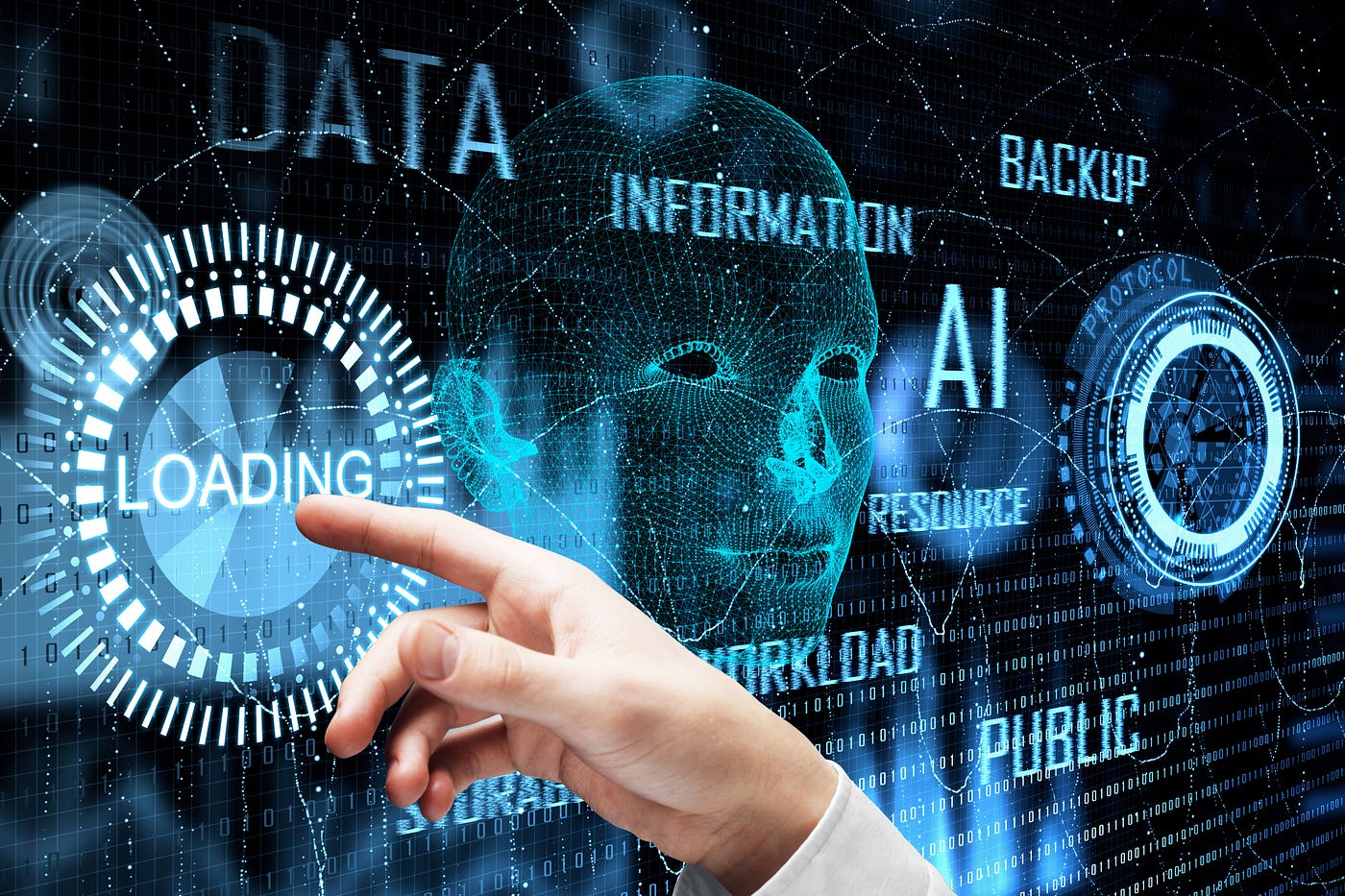
The electronics and semiconductor industry, a cornerstone of technological advancement, is facing unprecedented challenges in its supply chain. The complex and interconnected nature of global supply networks has been laid bare by recent disruptions, underscoring the need for enhanced resilience. In this extensive article, we will explore the intricacies of the electronics and semiconductor supply chain, dissect the challenges it faces, and discuss strategies for bolstering resilience in the face of uncertainty.
1. The Electronics and Semiconductor Supply Chain
1.1 Overview of the Supply Chain
To understand the challenges, there should be some explanations of how the supply chain in electronics and semiconductors functions. Starting from raw material extraction to manufacturing of parts, then assembly, and distribution whatever stage it may be all are interdependent on others. In this, we will examine the major players, processes, and global interrelationships that make up this complex supply chain.
It takes a number of suppliers, manufacturers, distributors, and retailers to keep the electronics and semiconductors supply chain going. It starts with raw material extraction and refining processes, like extracting silicon to make semiconductors and other metals for the other electronic components. Then the raw materials enter detailed parts that are necessary in a device.
In value semiconductors, the chain attaches a lot of importance to the manufacturing process. Production of integrated circuitry involves great care in engineering, as well as clean spaces. After the production of semiconductor chips, their assembly involves putting them into various electronic devices. The finished products finally move through the distribution channels to reach the end consumers.
1.2 The Role of Semiconductors
Semiconductors lie at the heart of the electronics industry. Understanding their importance in various gadgets from everyday items to industrial tools will lead to immense insight with regard to semiconductor production as a key player within the chain of supply.
The chips of semiconductors are the vital parts of an electronic device and act like their brains. Semiconductors are found in microprocessors in computers and in microcontrollers in common appliances. They are highly significant for today's technology. As people are craving better and more advanced electronic devices, semiconductors in the supply chain have become all the more important.
2. Recent Challenges in the Supply Chain
2.1 Semiconductor Chip Shortages
The recent shortages of semiconductor chips have caused big problems in many industries. We will look at the main reasons, such as the rise in demand for electronics, political tensions that impinge on chip production, and how this affects different areas like cars and consumer electronics.
The chip shortage in semiconductors has transferred acute disruptions into industries that rely heavily upon chips for their products. Scarcity of the semiconductor chip has caused delays in automotive, consumer electronics, and healthcare and incurred higher costs. It is worthy to understand why this shortage happened to create good plans for avoiding such a problem in the future.
The reasons include that more people wanted electronic devices during the COVID-19 pandemic, there are political problems affecting chip production, and there are complicated supply chains. The car industry is hit hard, causing a chain reaction on many parts and systems that depend on semiconductor chips.
2.2 Global Disruptions and Resilience
Natural disasters, political events, and health crises have all battered the supply chain for electronics and semiconductors. We will look into how these problems affect the strength of supply chains and what could be learnt to protect from any future issues.
Natural disasters, political issues, and health issues have pointed out deficiencies in the world's supply chain. The earthquake and tsunami in Japan, for instance, in 2011 disrupted the supply chain of several industries such as electronics and semiconductors. Even the COVID-19 pandemic underlined the importance of a strong supply chain, since lockdowns and restrictions in several countries disrupted production and delivery processes.
Understanding how these disruptions affect us is important for creating plans to improve our ability to cope. It requires looking at the whole picture and dealing with weaknesses at every part of the supply chain. From working with suppliers to managing stock and shipping methods, improving resilience needs careful steps and a clear understanding of how the global supply network is connected.
3. Strategies for Supply Chain Resilience
3.1 Diversification of Suppliers
It is very important to reduce dependence on just one source for essential parts. We will also discuss the benefits derived from various sources of supply and the challenges of locating and adding sources while maintaining efficiency.
Using different suppliers is an important way to reduce risks in the supply chain. Depending on just one source for important parts or materials can make a company weak against problems caused by things like political issues, natural disasters, or unexpected events like the COVID-19 pandemic.
The alternative suppliers must be researched and evaluated on their capabilities, reliability, and locations. While diversification adds a layer of resiliency, it is most difficult to achieve in terms of quality control and standardization, and it may also raise costs. Optimal balance and flexibility in the development of supply chains are the factors that might add to long term resilience.
3.2 Digitalization and Industry 4.0
Digital technologies and the concept of Industry 4.0 will enhance the way we visualize and react to supply chains. We shall discuss how technology real time tracking to trend prediction can make the supply chain resilient and agile.
Digitalization and Industry 4.0 are highly important in building up an effective supply chain. Technologies such as the Internet of Things, Radio Frequency Identification, and advanced analytics enable the entire supply chain to be viewed in real time. The better the visibility, the quicker the decision making process and faster the response to problems.
Digital technologies can now help companies predict problems and take remedial actions to prevent them. Companies using data and analytics can have better inventory levels, have smoother production processes, and greater efficiency for the entire supply chain.
4. Conclusion
The electronics and semiconductor supply chain problems, in conclusion, have to be tackled from all possible angles. From knowing the details of the supply chain to strategies for strength, the players in the industry have to adapt to an environment in constant flux. In this article, there is an attempt to elucidate the challenges and opportunities facing professionals, policymakers, and enthusiasts involved in the electronics and semiconductor supply chain with the goal of constructing a strong yet flexible industry that can be able to respond to further demands.
It brings together in one view real world examples, emerging technologies, and strategic insights to show how the landscape is evolving. The paper melds insights from disparate parts of the electronics and semiconductor industry together. It will, therefore, serve as a guiding tool for leaders, policymakers, and stakeholders in the design of an appropriate plan to create a strong supply chain capable of dealing with future uncertainties.
As technology continues to grow and the world changes, the lessons and strategies in this article will be so important for anyone doing the work to build a strong, flexible electronics and semiconductor supply chain.
Trending Posts

Global Silver Nanoparticles Market
The global silver nanoparticles market was valued at $2.08 billion in 2020, and is projected to reach $4.1 billion by 2027, growing at a CAGR of ~17%

LNG Bunkering – Here is something you must know!
In the current scenario of growing pollution, companies are trying to adapt more and more sustainable approach that not only gives eco-friendly result

The Basic Pension Comes - Federal Cabinet Decides On the Pension Supplement
Financial security in old age is an issue that is causing stomach pains for more and more people in Germany. Low-wage earners fear the elderly. The ba

The Future of Artificial Intelligence
In recent years, the field of artificial intelligence (AI) has witnessed unprecedented growth and transformative advancements. As AI technologies

Sailing into the future with Autonomous Ships
Autonomous Vehicles (AVs) are the uproar of this era. After airways, thanks to the companies like Tesla, that people are now getting used to see drive

Rising Demand For Uninterrupted Power Supply Is Expected To Drive The Power Rental Market
Todays world is totally reliant on electric power. There are many things which are not manageable without electricity. Power rental is a concept where

Rapidly growing IT industry coupled with the trend of bringing your own device (BYOD) is expected to provide new opportunities for growth of Cloud Collaboration
Cloud collaboration is the process of sharing and co-authoring the computer-based work through cloud technology

Factcheck on UV Disinfection for COVID-19
Many regulatory authorities and bodies believe that UV disinfection technologies can play a role in a multiple barrier approach to reducing the transm

The Global Ventilator Market Grows at a CAGR of 7.75 %
The Global Ventilator Market, which was at $688 million in the year 2016, is about to double by the year 2025, and reach a value of $1,347 million. Th

Vaccination: Vaccination Against Measles is Now Mandatory in Germany
The subject of compulsory vaccination has always heated peoples minds and caused emotionally charged discussions. The latest law in this area - the ob
Recent Posts

Growth and Future Trends of the Global In-Line UV-Vis Spectroscopy Market
In-line UV-Vis spectroscopy is a powerful analytical tool widely adopted in various industries for real-time monitoring of chemical and biological processes. This market is experiencing robust growth due to its applications in pharmaceutical.

Understanding the Growth Dynamics of the Premium Luggage Market
The market for premium luggage has grown massively over the years. This is attributed to several factors, including a change in consumer preference, increase in disposable incomes, and an overall rise in international travel.

Global Potassium Sorbate Market: Growth and Forecast
The Global Potassium Sorbate Market has gained significant traction due to the rising demand for preservatives across various industries, especially in food and beverages. Potassium sorbate, a salt of sorbic acid.

Global Venturi Masks Market Growth and Forecast
Venturi masks, also known as air-entrainment masks, play a crucial role in delivering a precise oxygen concentration to patients, particularly those suffering from chronic respiratory conditions such as COPD (Chronic Obstructive Pulmonary Disease).

Global Venous Thromboembolism (VTE) Therapeutics Market: Overview, Growth, and Forecast
Venous thromboembolism (VTE) is a critical medical condition including deep vein thrombosis and pulmonary embolism. In fact, it is one of the preventable causes of death in the hospital environment. It has experienced a substantial upsurge.

Global Vein Illumination Device Market: Growth and Forecast
The global vein illumination device market is experiencing significant growth, Due to a growing demand for minimally invasive procedures and an increase in chronic diseases, not to mention development in medical technology.

Global Vasculitis Treatment Market: Growth and Forecast
Vasculitis represents a group of disorders involving inflammation of blood vessels. It can affect parts of the body such as the skin, kidneys, lungs, and joints, and without proper treatment it may cause severe morbidity.

Global Fired Heaters Market: Growth and Forecast
The global market for fired heaters is growing at a rapid pace due to increased demand from major industries such as the oil & gas, chemical, and petrochemical sectors. Fired heaters are among the most crucial components of process heating systems.

Global Gas Flares Market Growth and Forecast
The growth in oil and gas production, environmental regulations, and a need for an effective waste gas management system are driving the global gas flares market. Gas flares are a crucial equipment in the oil and gas industry.

Global Steam Reformers Market: Growth, Trends, and Forecast
The steam reformers market is witnessing significant growth due to increased demand for hydrogen in industries like chemicals, refining, and fertilizers.
